At the University of Nebraska Medical Center’s UNeTech Institute, a collaboration among the University of Nebraska at Omaha, UNMC and Metropolitan Community College is bringing virtual reality out of the lab and into the classroom. The Omaha Virtual Reality Pipeline (OVRP) trains students to create immersive medical simulations, including a fully virtual hospital, that could change how future clinicians learn and practice critical procedures.
The initiative, backed by the U.S. Economic Development Administration’s Build to Scale Venture Challenge, originated as an evolution of an earlier UNeTech effort, known as the Omaha Medical Technology Pipeline, which focused on the rapid prototyping of medical devices. When 3D modeling technician Noah Wester joined the team through that earlier program, he saw a chance to apply his background in VR and game design.
“When I first joined the team … there was a large empty room,” Wester recalled. “Joe (Runge, associate director of the UNeTech Institute) opened the door and asked, ‘What do you envision going on here?’ and what came up was virtual reality.”
Working with UNMC’s Ka-Chun “Joseph” Siu, who had been developing robotic surgery simulations, Wester and the team began exploring how 3D modeling could be used for medical training. Their early success in adapting those prototypes for virtual reality laid the groundwork for OVRP.
Runge sees the VR pipeline as a clear example of UNeTech’s mission in action — connecting institutions, innovators and students to advance emerging technology. He believes the program enables students to develop meaningful products and prepares them for careers in immersive development.
From prototypes to people
Unlike traditional classroom projects, OVRP functions like a small game studio. Students earn industry certifications in Unity, C# programming and Agile project management and are paid to develop and test simulations. That structure creates a real-world production environment where interdisciplinary teams in art, computer science and health care collaborate under faculty supervision.
Wester said the program’s first major project, a VR intubation simulation, became the seed of a much larger concept: a modular virtual hospital. They realized that every piece the team was building could be reused in other training modules, and over time, that could grow into a virtual hospital where medical professionals could practice everything from basic procedures to emergency scenarios.
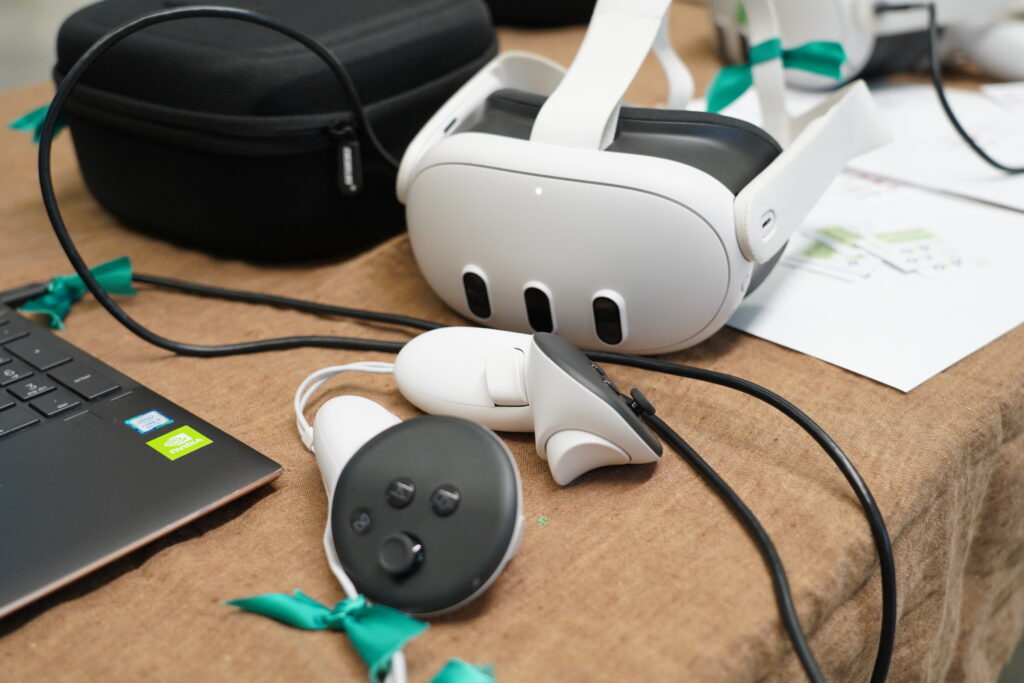
To make that possible, OVRP uses commercial-grade Meta VR headsets and motion-capture systems. By combining low-cost consumer hardware with high-fidelity modeling, the program aims to make simulation training accessible well beyond specialized labs.
Learning like a startup
Runge noted that one of OVRP’s biggest lessons has been how to maintain momentum as students and cohorts cycle through the program. He described how the team has built an organization that “runs like a small game design company,” with processes and documentation in place to ensure continuity even as students come and go.
The program uses Agile and Scrum methods, organizing work into short development sprints to refine features, gather feedback and test new builds. This approach has helped students gain real-world experience in collaborative software development.
The collaboration brings together expertise from multiple fields: UNMC clinicians provide procedural knowledge, while students from UNO and MCC contribute skills in 3D art, animation and programming. Faculty mentors, such as Victor Winter at UNO, who leads the university’s new artificial intelligence degree program, help bridge the gap between emerging technologies and academic disciplines.
The team also discussed how they are beginning to integrate AI tools into their development pipeline, using them to accelerate testing, design and iteration.
Preparing students and Omaha
The OVRP model places a strong emphasis on employability. Students graduate with not only technical skills, but also experience working in teams, building portfolios and developing their presentation abilities. Runge emphasized that this combination is essential for entering today’s competitive tech job market.
“Getting jobs is hard. That’s one of the things that we’ve really learned … (our) focus is career development,” Runge said. “We’re really focusing on outreach now to try to identify how do we insert ourselves into networks where people are hired?”
Some OVRP participants have already found jobs in software and simulation roles, while others are exploring entirely new career paths. Wester noted that for some students, the program has revealed how their passion for video games or animation can be applied to medicine, opening up opportunities they hadn’t previously considered.
Looking ahead, Runge and Wester hope to expand partnerships with companies interested in immersive training tools, remote development work and research collaborations. UNeTech is also exploring commercialization opportunities for medical-education products developed through the program.
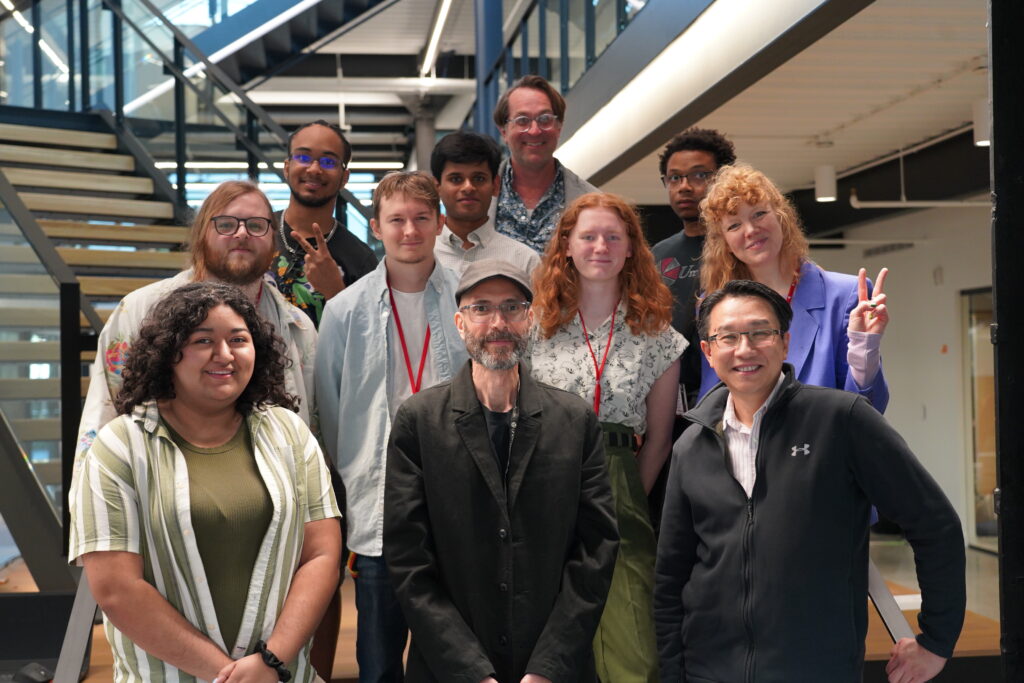
As the program enters its final year of government funding, UNeTech is actively seeking new grants to continue its work, with hopes of expanding the model to include AI-driven applications and additional health care use cases.
Runge noted that the rapid pace of change in both the economy and technology makes it essential for students and researchers to have opportunities like this, which help them adapt and lead in emerging fields.
Reflecting on the program’s progress, Runge emphasized that Omaha’s unique combination of world-class institutions and a collaborative, close-knit community has made this kind of innovation possible. He described the city as “big enough to have world-class institutions but small enough to work across them,” which has enabled the cross-disciplinary partnerships at the heart of OVRP’s success.

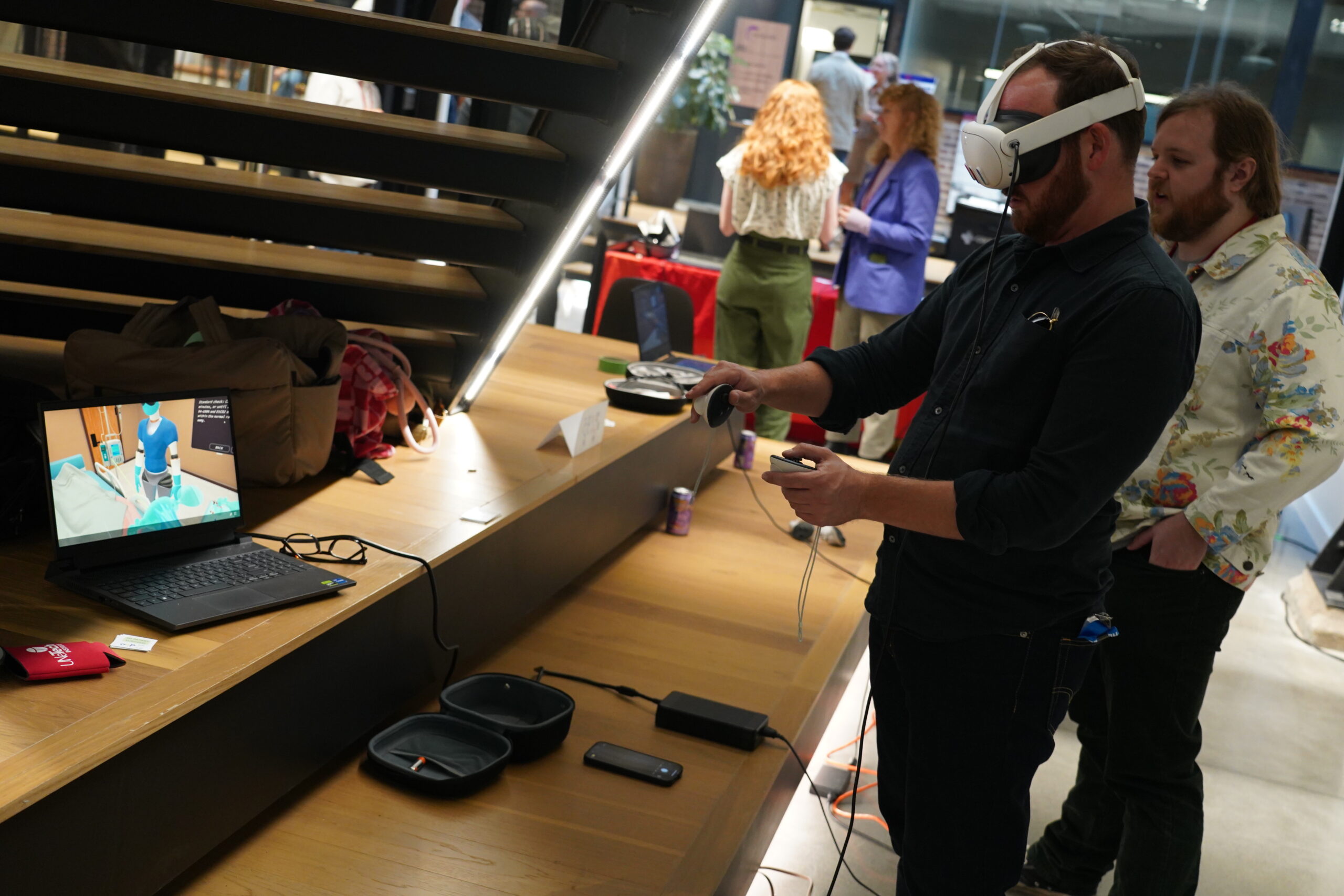
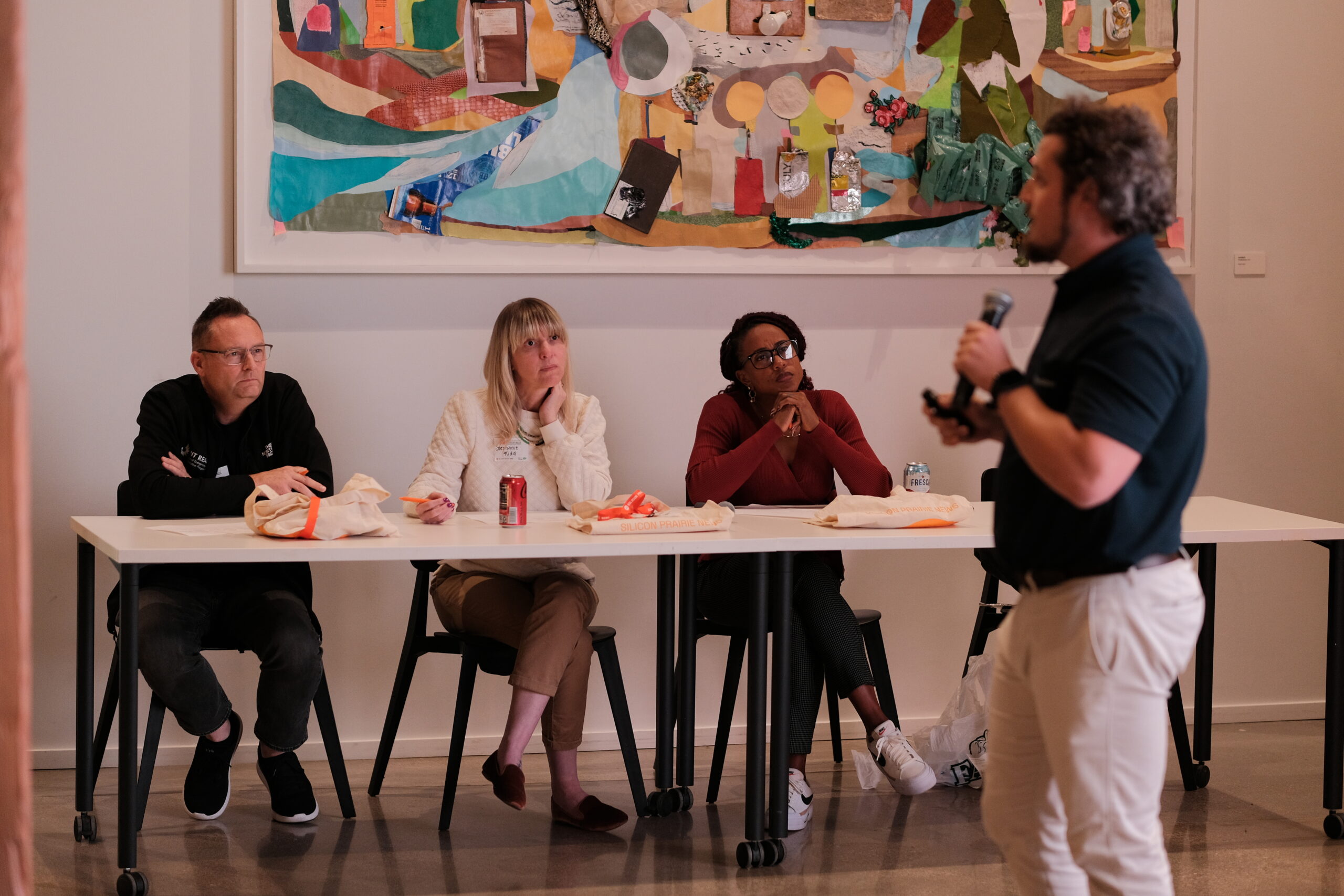
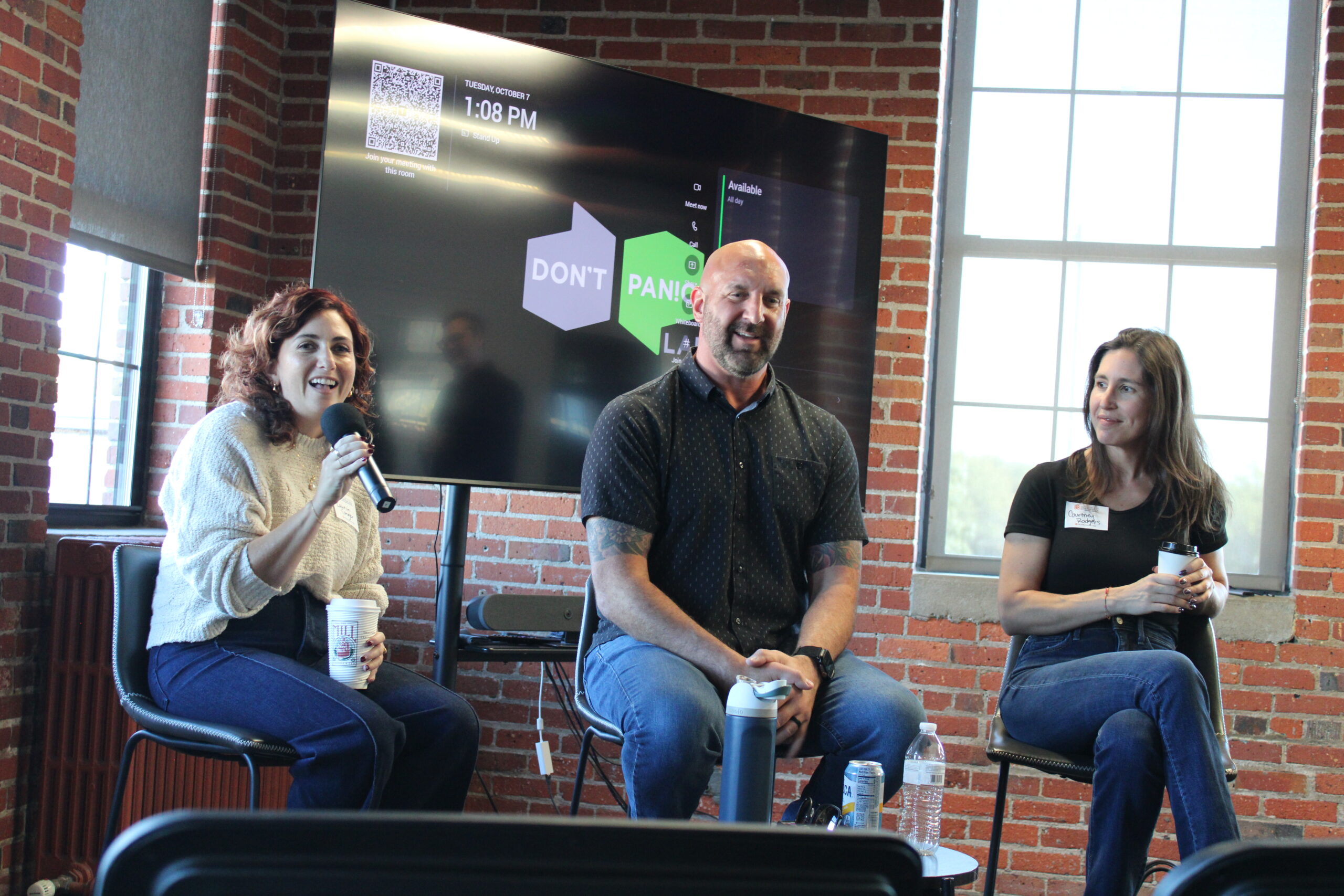
Leave a Reply